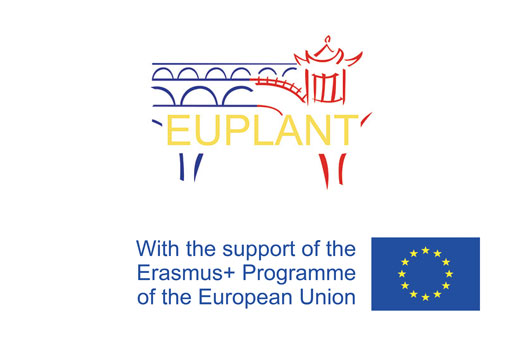The Limits of EU Competition Policy - the case of Chinese State Owned Enterprises
European Union’s (‘EU’) Competition Policy is a topic of constant interest. Keeping pace with societal changes and political objectives, competition policy is now seen as an important tool for the fight against climate change, shaping the digital revolution and mitigating the negative effects of the Covid-19 pandemic on various sectors and industries.

By Alexandru Circiumaru
Research Assistant, Jean Monnet Network on ‘EU-China Legal and Judicial Cooperation’ (EUPLANT), Queen Mary University of London
It is, therefore, not surprising that current competition rules are under review, to ensure that they are fit not only to address these challenges but also in light of the current ‘global competitive context’.
Indeed, as an ever-changing and developing area of law, competition law also plays a role in the external dimension of EU affairs. An in-depth case study of this role can be found in the newly released ‘Chinese State Owned Enterprises and EU Merger Control” by Alexandr Svetlicinii (University of Macau). Throughout the book the author engages in an analysis of the effort of the Commission to square the circle of State Owned Enterprises (‘SOE’) using EU competition law rules - An effort which puts face to face different systems of governance, approaches to markets and economic perspectives.
The book presents the approach which has been adopted by the Commission, which can be described as a cautious ‘wait and see’ one, with matters being dealt with on a case by case basis and following the principle of competitive neutrality. At the same time, Svetlicinii highlights the fact that various National Competition Authorities have taken a different approach, showing the sensitivity of the topic and the inherent difficulties in approaching it. This approach of the Commission is aptly put in the context of China’s approach to its SOEs, which has recently been a reformatory one, defined by the ‘go global approach’, which in turn has increased the presence of Chinese SOEs on global markets, through their activity in investment and trade.
Svetlicinii believes that the European Commission is awake to the challenges ahead, but it is yet to act to address them. These challenges are, undoubtedly, intimidating, the Commission having to engage not only in competition policy but also to tread on sensitive foreign policy issues. This is yet another telling example of the way in which current competition policy seems to be breaking boundaries beyond ensuring the fairness of the markets.
The final chapter of the book discusses the delicate position of the Commission which is under increasing pressure to act, also in light of the clearances given to purchases made by Chinese SOEs contrasted with the blocking of the Simmens/Alstom merger, which has given rise to strong and polarized opinions about the EU’s competitiveness on a global scale and the potential need for ‘European Champions’. Indeed, Svetlicinii notes that one of the suggestions most often submitted for the consideration of the Commission is to attach more importance to the competitiveness of European companies at the global level and to relax the application of merger controls to allow for the creation of such champions.
The author takes a more pragmatic approach, aware of the radical changes that are asked of the Commission and their implications, suggesting that the European Commission releases, instead, a detailed guidance on merger assessments of SOE-related concentrations. This suggestion is sensible and timely, given the current review of competition rules. One can easily see the benefits of such an approach in increasing the clarity of the way in which the Commission acts and in encouraging it to reflect about what is the best way to do so.
Finally, the Foreign Direct Investment Screening Mechanism is also considered, given the extra level of scrutiny for Chinese SOEs future acquisition in European Markets which it will add, also together with a potential additional regulatory screening mechanism. This is an important and necessary discussion to have in this context, because it shows the close interplay between this new mechanism and EU competition policy, the analysis of which will have to go hand in hand going forward.
The book is an excellent contribution to an important debate, addressing yet another way in which competition policy should and perhaps must evolve in order to meet current challenges.